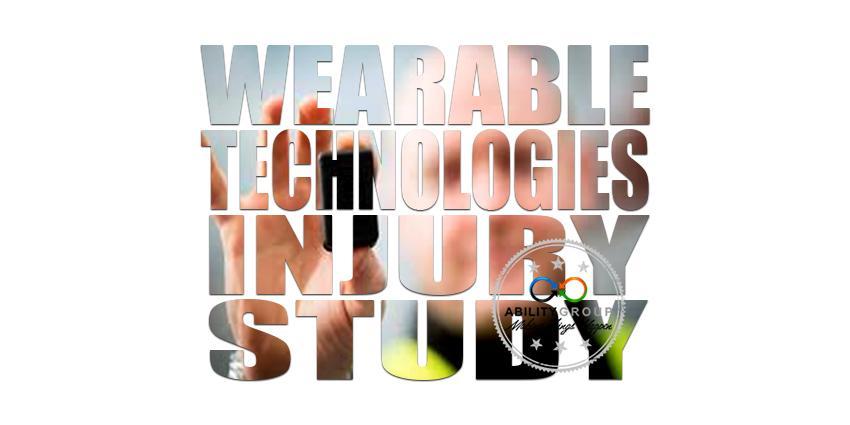The wearable technology study was implemented to look at innovations that enable positive healthy workplace cultures and systems to support a reduction in injuries in the workplace.
A study on wearable Technologies showed positive results. The development of wearables can be used to protect workers from injury. Wearables can collect information and have the potential to provide useful feedback from near misses. The data from near misses can present an opportunity to develop and present safety lessons learned from this technology to help avoid accidents.
Research has shown wearable technologies “wearables” are effective in reducing high-risk manual tasks in the workplace and help prevent Musculoskeletal disorders. Some of the wearables measured back and upper limb movements to provide live feedback to the workers if they went into unsafe working postures. In one study the device simply clips on to a workers clothing showing when “high-risk” postures are detected. These movements include excessive bending, twisting, or reaching.
Employers should consider wearables to their workplace health and safety interventions to help improve safety. For example, the use of wearables with proximity sensors can help mitigate risk. These wearables are designed to monitor how close a worker is to the machinery and provide an alert to the operator of the equipment and the worker. These alerts can help workers avoid an accident, an injury or worse.
Despite challenges posed by Covid-19 we should not take our eyes off the main goal of reducing injuries or illnesses in the workplace.
Source: iCare
Title: Wearable technology study lifts off, helping prevent musculoskeletal injuries in NSW
Read time: 10 minutes

